The AIST120 can be considered as a vessel’s electronic beacon. By regularly broadcasting critical static and dynamic information to all similarly equipped vessels within range, the AIST120 provides boat owners with a vital navigation tool, particularly when operating at night or under poor visibility conditions.
Transmitted data includes vessel name, length, registration, plus speed over the ground (SOG), course over the ground (COG), as well as location coordinates which are automatically calculated and updated by the AIST120’s integrated 50 channel GPS receiver.
The AIST120 through its ultra sensitive dual channel Rmax technology will receive and decode transmitted AIS data from other vessels, AtoNs and base stations within VHF range; this information can be displayed on a compatible chart plotter, radar or PC charting system.
Received AIS information positively identifies any commercial vessel within range, it also provides its radio call sign, heading, closest point of approach (CPA) and time to CPA. Using this information leisure craft can make a VHF radio call to the vessel in question to verify its intended course and avoid collision. Through the application cutting edge TDMA technology the AIST120 is compatible and inter-operable with both Class A and B AIS systems through the VHF radio data link.
An internal GPS antenna makes for easy installation; however the AIST120 has provision for an external GPS antenna input for installations requiring the use of an optional external GPS antenna. (GPS450).
The GME AIST120 has dual NMEA0183 and NMEA2000 interfaces for simplistic connection to stand alone chart plotters or integration into more sophisticated on-board communication networks.
– Maritime Mobile Service Identity (MMSI) – Vessel name – Vessel call sign (if available) – Vessel type – Vessel dimensions
The AIST120 has the option for a toggle switch (not supplied) to be connected, offering a silent mode. No vessel information will be transmitted when silent mode is active.
The AIS Radio works in an autonomous and continuous mode, regardless of whether it is operating in the open seas, coastal or inland areas. Transmissions frequency is between 156.025 MHz or 162.025 MHz. Received data is on either 161.975 MHz or 162.025 MHz.
There are two categories of information transmitted by an AIS Radio: ‘static data’ and ‘dynamic data’. The vessel’s dynamic data, which includes location, speed over ground (SOG) and course over ground (COG), is calculated automatically using the internal GPS receiver.
An optional external GPS can be connected (GPS450) to the AIST120, an AD408 adaptor is also required. Static data is information about the vessel which must be programmed into the AIS Radio. Software is included to enable the AIST120 to be programmed with ship’s data.
Product Details
- 50 channel internal GPS receiver
- Silent transmit mode option
- NMEA 0183/2000 compatible
- 12-24 V DC input voltage
- IEC 61108-1 compliant
- IPX7 construction
- Low power consumption
In the Box:
- AIS Radio (class B)
- Power and data cable, screw pack
- Product CD
- Quick start guide
- Instruction manual
Product Specifications
MECHANICAL SPECIFICATION
PLOTTER
SONAR

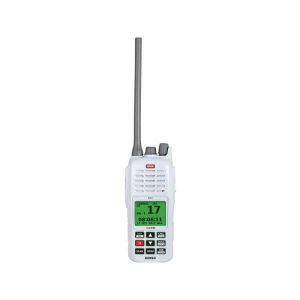


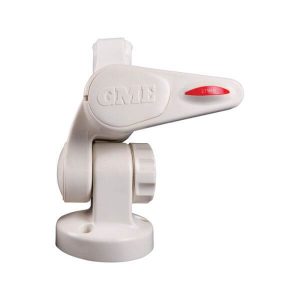





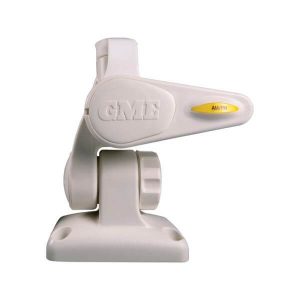



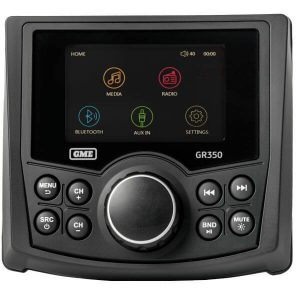
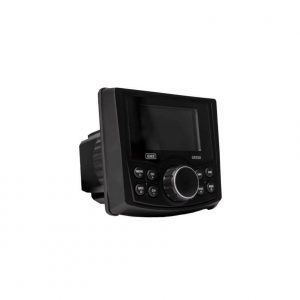

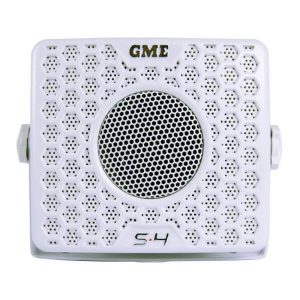

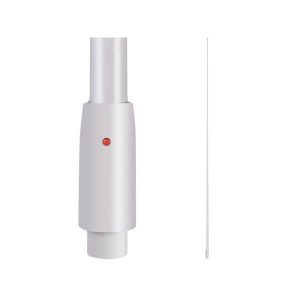


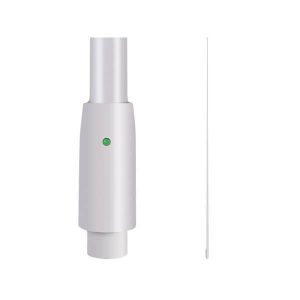

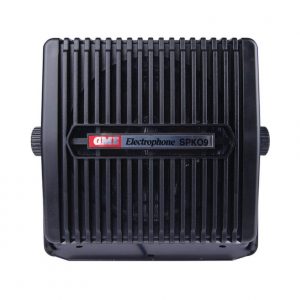

Reviews
There are no reviews yet.